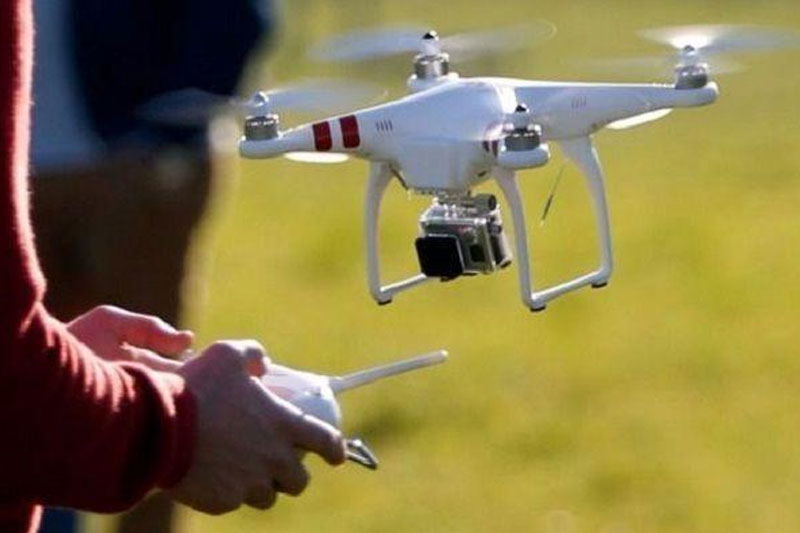- Sponsored -
All you need to know about India’s new drone regulations

For long, many Indians have found it difficult to engage in their passion of flying the drone without facing a zillion problems. Right from taking police permission to figuring out a decent place to fly the mean machine in peace. Now, these are problems of the past because of the efforts put by DGCA.
- Sponsored -
The Directorate General of Civil Aviation (DGCA) said in a circular issued today, that starting from December 1 this year, the government will permit civillians to fly commercial drones.
Press Release on Drones: pic.twitter.com/6ZlPeLJpxB
— Ministry of Civil Aviation (@MoCA_GoI) August 27, 2018
Though there are few loopholes in the policy but overall, it is user friendly. DGCA has developed an easy process to register the drone and receive permissions to fly it. The success of the format and the drones too, will depend on whether it is able to stand the test of time or would it crumble down and leave it users in a fix.
How does this work?
According to DGCA, Digital Sky Platform is the core of the new commercial drone system. From starting till end, everything will be digital. Unlike the digitisation, which also entails paper process. As per this new Digital Sky Platform, drone pilots, along with the drone they will be flying and its owner, have to register only once. Once the registration process is completed, all one has to do is log in the app and ask for permission to fly it. Permission can be automatically approved or denied accounting to factors like flight location, etc.
Question: If I am a wedding photographer and have a micro drone to cover weddings in various areas, do they also have to go and take a permission from the local police station? (1/2)
— Ministry of Civil Aviation (@MoCA_GoI) August 27, 2018
Drone needs a SIM to fly
Once the drone is registered, an Unique Identification Number is given, the same one is also used on the drone’s ID plate. Thus by using SIM, DGCA will be able to hold one accountable to the ‘no permission, no take off’ rule.

Till the time, the new set of rules are implemented, upgrading the drones to regulation standard and then getting it registered would be the ideal thing to do. The DGCA has stated, “The Drone Task Force will soon submit recommendations that go into Drone Regulations 2.0. Among other things, this might include rules that govern drone flight even beyond visual line-of-sight,” enabling a new drone friendly ecosystem in the country.
Also read: India’s first biofuel-powered aircraft to be tested in Dehradun
- Sponsored -
